Vertical gardening is one of the hottest trends in gardening right now. Bringing plants to eye level is fun to brighten a garden or inside space. It’s also great for urban dwellers to garden in small spaces, such as apartments or balconies. Because vertical gardens are upright, they’re easier on your back and legs!
The term may be new, but vertical gardening is an old concept in which plants grow on upright structures. A classic example is vines growing on a trellis, fence, or wall. So how do you create your own stunning vertical garden? The options are endless, and you’re limited only by your imagination.
Like many gardening projects, vertical gardens can range from simple to complex. You first need to decide what you want to grow and where you will grow it. Are you interested in an edible garden, or do you want a wall of vibrant color? Do you want a permanent structure, or do you want to be able to move it inside during the colder months? Remember that what you grow depends on the amount of sunlight available in your chosen area. A vertical garden on the sunniest side of your home may actually keep your home cooler by absorbing the sun before it hits your house.
You can use almost any kind of container in a vertical garden, including pots, hanging planters, and old plastic soda bottles. Another popular option is a vertical gardening tray available at many garden shops or home improvement stores. Popular options for the frame include ladders, shutters, crates, pallets, or the time-honored trellis or fence.
Irrigation is another important factor. Your plants will need water, so you’ll need a good water delivery system. Hand watering is always an option (ensure you can reach the plants at the top!). A drip irrigation system is another popular choice, especially for bigger vertical gardens. This system can be as simple as evenly placing holes in your containers or frame to allow water to drip onto the plants. More sophisticated systems with hoses and timers regulate the amount of water delivered to the plants.
Once you’re ready to plant, use potting soil to fill your containers. If your frame is also your container (such as a pallet), let it grow horizontally for a few weeks. This will help the roots get established and keep the soil in place. Place the plants needing less water at the top of your structure. These plants will get the most sun, and the soil will dry out sooner.
Grasses, succulents, annual flowers, perennial vines, ferns, and herbs do very well in vertical gardens. Vegetables will also thrive, including peppers, pole beans, salad greens, radishes, vining cucumbers, and cherry tomatoes. Basically, any plant with shallow roots would be an excellent addition to your vertical garden.
The possibilities for vertical gardens are endless. They add visual interest and height to outdoor gardens and bring natural beauty to indoor spaces. Vertical gardens are a fun way to combine your creativity and your green thumb to take your gardening to an entirely different level.
Mike Bowman is currently the technical product manager and lead editor at Patio Productions. He has worked in the furniture industry as a copywriter, developer, and content creator for the last 14 years, among other roles. An avid DIY-er, he loves to experiment with furniture, landscape design, and home improvement in his own home.

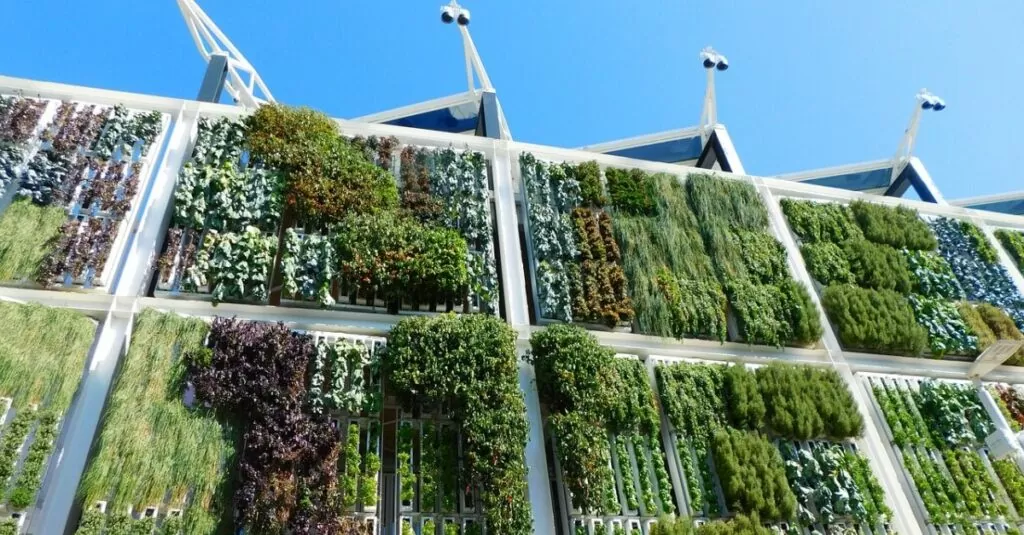

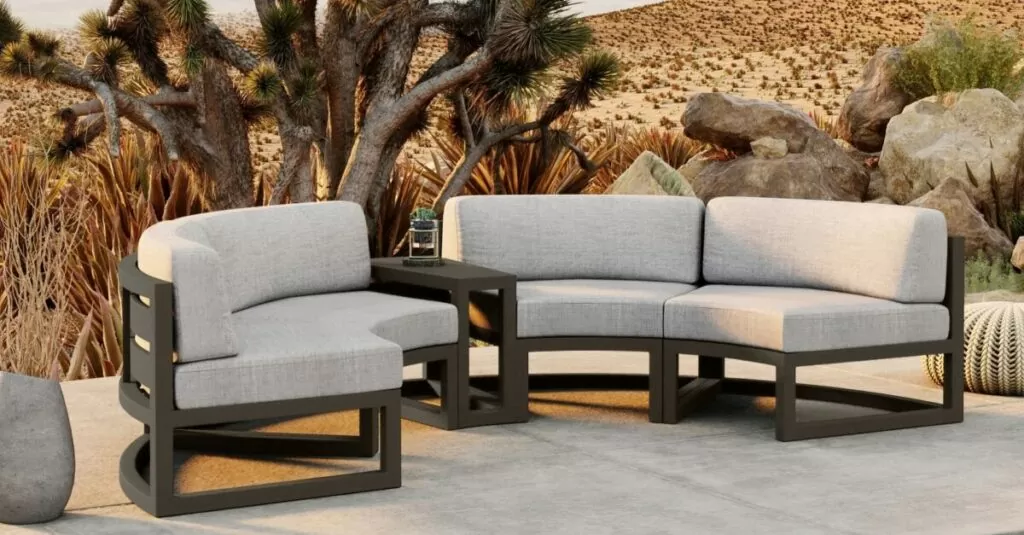


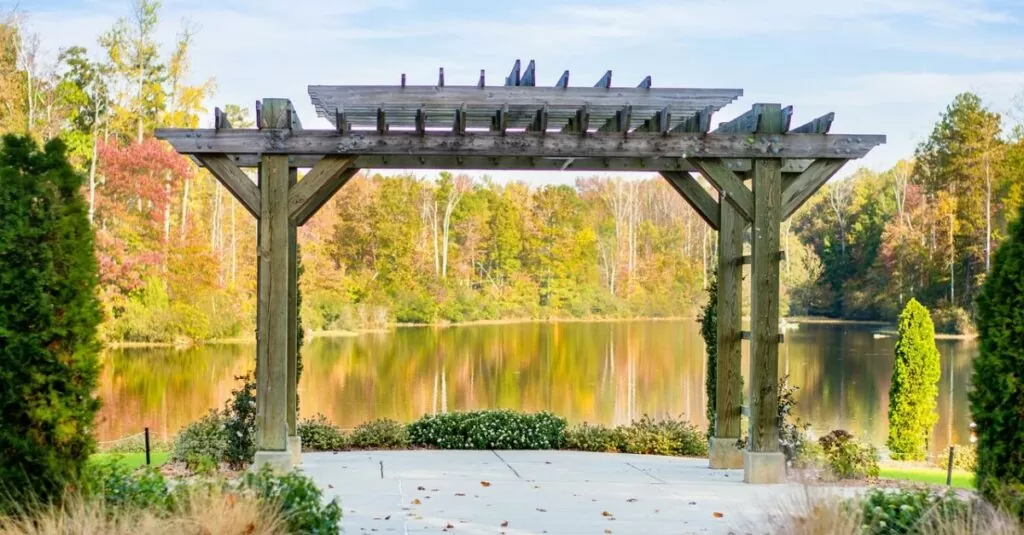

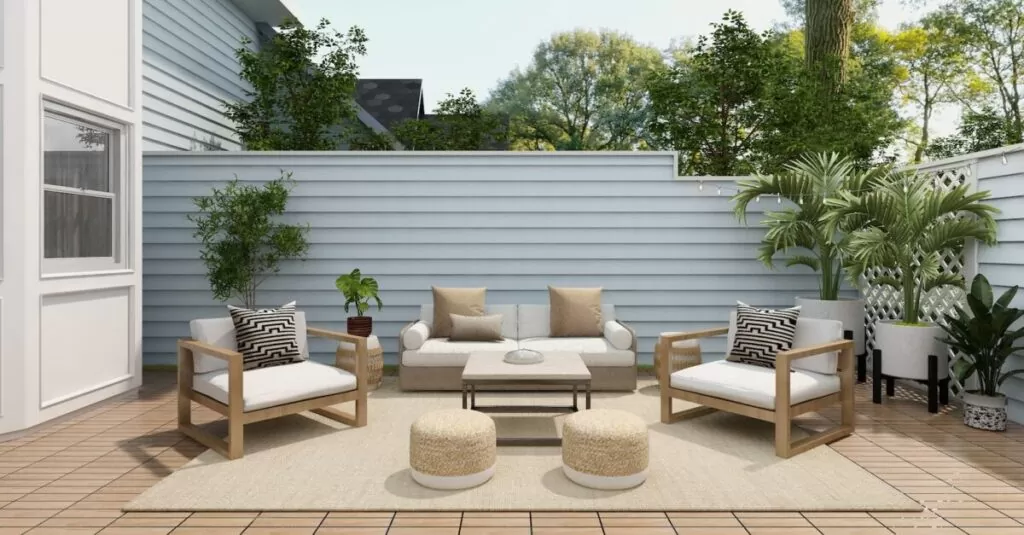
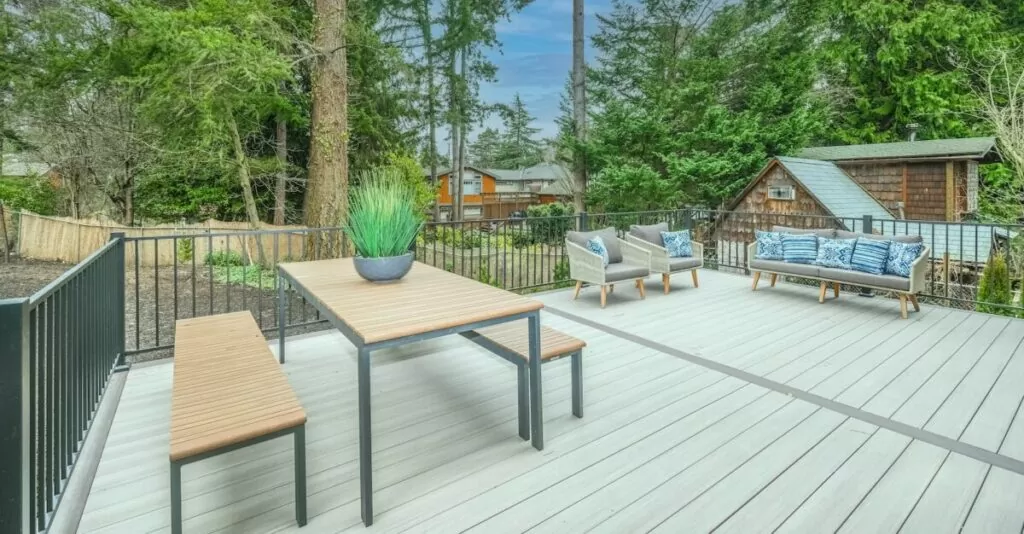

I suggest a weed eater for cutting grass in same level shape.It is very useful for gardening services.